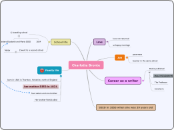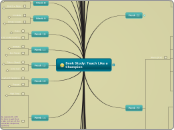par Furkan Günaydın Il y a 11 années
350
AudiolingualMethod-FurkanGünaydın
The Audio-Lingual Method emerged in the United States during World War II, driven by the urgent need for rapid foreign language acquisition for military purposes. This method was a response to the slower grammar-translation method and aimed to enhance communicative competence swiftly.









